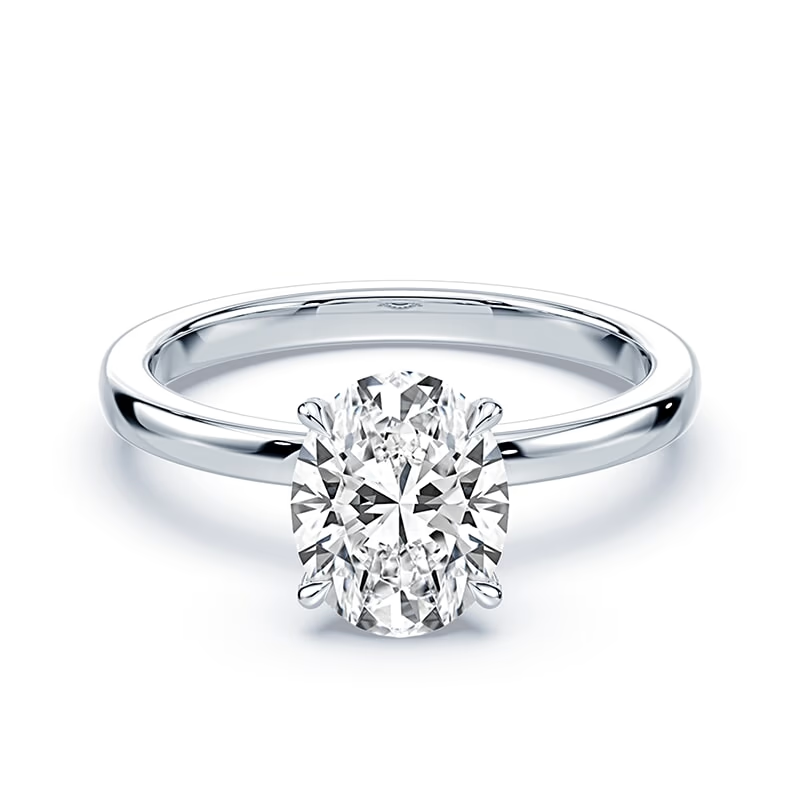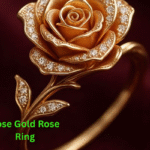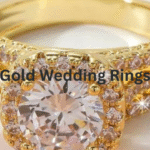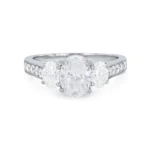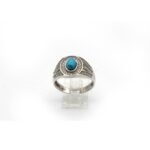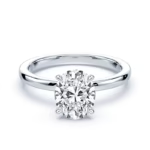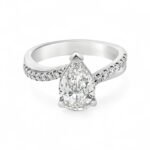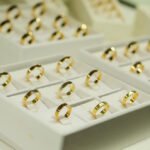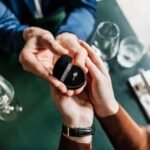Lab-grown diamond engagement rings have taken the world of fine jewelry by storm—and for good reason. With their ethical sourcing, affordability, and stunning brilliance, more couples than ever are considering lab-grown diamonds over traditional mined stones. But how do you choose the perfect ring that matches your style, values, and budget? In this guide, we’ll walk you through everything you need to know to confidently select lab grown diamond engagement rings that are meaningful, beautiful, and lasting.
Table of Contents
What Makes Lab Grown Diamond Engagement Rings a Popular Choice Today?
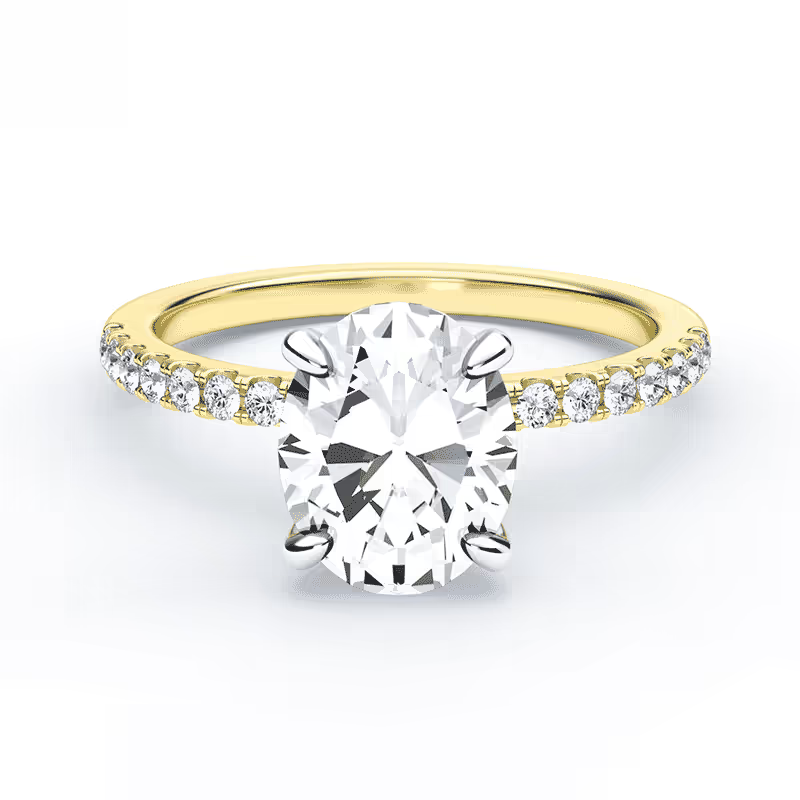
The rise in popularity of this ring is driven by conscious consumers who want beauty without compromise. Unlike mined diamonds, lab-grown ones are created in high-tech labs using carbon and pressure, replicating natural processes.
Modern couples love them because:
• They’re conflict-free and eco-friendly
• They offer better value for money
• They are chemically and physically similar with genuine diamonds.
• They come with more transparency and certification
Top Reasons to Choose Lab Grown Diamond Engagement Rings Over Mined Diamonds
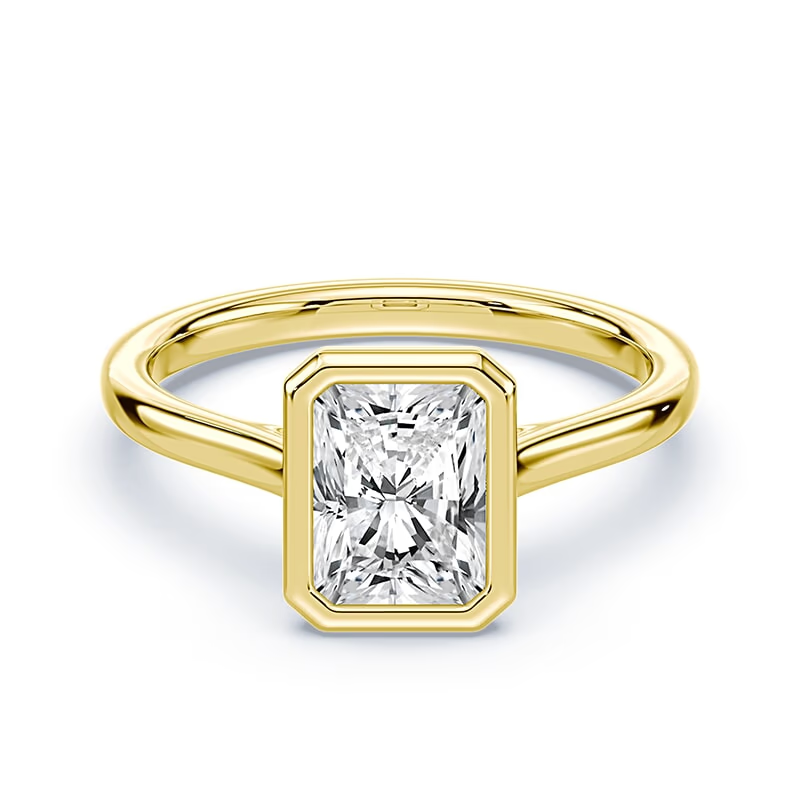
why many people now prefer lab grown diamond engagement rings:
1. Ethical Sourcing
No human exploitation or environmental harm.
2. Affordability
Typically 20–40% cheaper than natural diamonds of the same quality.
3. Quality and Beauty
Equally brilliant, with fewer inclusions.
4. Sustainability
Lower environmental footprint compared to mining.
5. Traceability
Easily trackable origins and production methods.
Lab Grown Diamond Engagement Rings: Understanding the 4Cs Before You Buy
Whether mined or lab-grown, the 4Cs—cut, color, clarity, and carat—determine a diamond’s value. Here’s how to evaluate them:
• Cut
Impacts sparkle. Ideal or Excellent cuts are best.
• Color values
Color Values range from D (colorless) to Z (bright yellow). D–F are premium.
• Clarity
Fewer internal flaws mean higher clarity grades like VVS1 or VS1.
• Carat
Size matters, but it’s about balance. Choose what fits your budget and ring style.
When buying lab diamond engagement rings, always request a grading report from a trusted lab like IGI or GIA.
Different Shapes of Lab Grown Diamond Engagement Rings and What They Mean
The diamond shape says a lot about your personality and style. Here are the most popular shapes:
• Round: Classic, timeless, ideal for traditional tastes.
• Princess: Edgy and modern, perfect for fashion-forward partners.
• Oval: Elegant, elongates the finger.
• Emerald: Vintage and refined.
• Pear: Bold and unique.
Each shape can make lab grown diamond engagement rings feel truly personalized.
How to Match Lab Grown Diamond Engagement Rings with Your Partner’s Personality
Every person is different, and so should their engagement ring be. Match their ring to their vibe:
• Romantic: Choose vintage styles with intricate detailing.
• Minimalist: Solitaire lab grown diamond engagement rings in platinum or white gold.
• Bold: Opt for colorful stones or bigger center diamonds.
• Adventurous: Unique shapes like marquise or pear with modern settings.
Knowing your partner’s style will help you choose a ring they’ll cherish forever.
Lab Grown Diamond Engagement Rings for Every Budget: Where to Start
No matter your budget, you can find stunning lab grown diamond engagement rings:
• Under $1,000: Opt with lesser carats or halo settings.
• $1,000–$3,000: Excellent quality 1-carat options.
• $3,000–$5,000+: Choose higher clarity, custom designs, or 2-carat stones.
Shop around and compare online platforms, but always check for return policies and certification.
Choosing Between Solitaire and Halo Lab Grown Diamond Engagement Rings
Two of the most popular settings are solitaire and halo.
• Solitaire
A single stone that shines on its own. Clean and timeless.
• Halo
A central diamond surrounded by smaller stones, making the center look bigger.
For a bold look, halo lab grown diamond engagement rings are ideal. For understated elegance, solitaire settings are unbeatable.
Are Colored Lab Grown Diamond Engagement Rings Right for You?
Not all diamonds have to be white! Lab technology now produces stunning colored diamonds:
• Pink: Romantic and soft.
• Blue: Rare and luxurious.
• Yellow: Bright and happy.
Colored lab grown diamond engagement rings are a great way to break tradition and stand out.
Lab Grown Diamond Engagement Rings and Metal Choices: Gold, Platinum or Silver?
The metal band complements the diamond and affects the overall look and feel.
• Platinum: Durable and hypoallergenic, perfect for daily wear.
• White Gold: Modern and shiny, needs re-plating over time.
• Yellow Gold: Classic and warm.
• Rose Gold: Romantic and trendy.
Match your diamond’s color and your partner’s skin tone to the right metal for a beautiful, cohesive ring.
The Greatest Environments for 2025 Lab-Grown Diamond Engagement Rings
2025 is all about bold yet personal ring settings. Hot trends include:
• Hidden halos
• East-west settings
• Double bands
• Split shank settings
These modern styles help lab grown diamond engagement rings reflect personal style and innovation.
Ethical and Eco-Friendly Benefits of Lab Grown Diamond Engagement Rings
If you care about the planet and people, this is where lab-grown diamonds shine:
• Use less water and energy than mining
• Avoid land destruction and deforestation
• Created without harmful labor practices
• Traceable from lab to showroom
Eco-conscious couples increasingly opt for lab grown diamond engagement rings to align their values with their purchase.
Lab Grown Diamond Engagement Rings and Certification: What to Look For
Always look for certification to ensure you’re getting what you paid for.
Top labs include:
• IGI (International Gemological Institute)
• GIA (Gemological Institute of America)
Make sure your lab grown diamond rings come with documentation that outlines the 4Cs, laser inscriptions, and authenticity details.
Tips to Spot High-Quality Lab Grown Diamond Engagement Rings
How To Identify A Truly High-quality Lab Diamond Ring:
• Review certification documents
• Inspect for brilliance and sparkle
• Check the setting quality and symmetry
• Ensure no visible inclusions or cloudiness
Trusted sellers will also have strong customer reviews, warranties, and transparent return policies.
How to Customize Lab Grown Diamond Engagement Rings for a Unique Touch
Customizing your ring makes it extra special. Options include:
• Engraving initials or a special date
• Selecting a unique setting or band
• Choosing colored diamonds or accents
• Mixing metal types for contrast
Most online retailers offer 3D previews to help you visualize your lab diamond engagement rings before ordering.
Where to Buy Authentic Lab Grown Diamond Engagement Rings Online and In-Store
Some reliable places to shop for lab-grown rings include:
Online:
• James Allen
• Brilliant Earth
• Clean Origin
• Vrai
• Blue Nile
In-store:
• Local jewelers with IGI-certified stones
• Kay Jewelers (select stores)
• Jared
Read reviews, verify return policies, and confirm certification before you buy any lab grown diamond engagement rings.
Frequently Asked Questions
1. Are lab-grown diamond rings genuine diamonds?
Yes! They have similar chemical, physical, and visual properties like mined diamonds.
2. How long do lab diamond engagement rings last?
Forever. They are as hard (10 on the Mohs scale) as real diamonds.
3. Can lab grown diamonds be insured?
Absolutely. Most insurance firms regard them like mined jewels.
4. Do lab grown diamonds have resale value?
They typically have lower resale value than natural diamonds, but this is changing with demand.
5. Are lab grown diamond rings cheaper than natural ones?
Yes, often by 20–40% fr the same size and quality.
6. Can you tell the difference between lab grown and natural diamonds?
Not with the naked eye. Only advanced gemological equipment can tell.
7. Do lab grown diamonds come in all shapes?
Yes, they’re available in round, princess, pear, oval, cushion, and more.
8. What’s the best setting for a lab grown diamond?
Solitaire, halo, and hidden halo settings are popular and highlight the stone’s brilliance.
9. Are laboratory-grown diamonds healthier for the environment?
Yes, they use fewer natural resources and produce less carbon footprint.
10. Where is the best location to get lab- grwon diamond engagement rings?
Trusted online retailers like James Allen, Vrai, and Brilliant Earth are great starting points.
Conclusion
Choosing the perfect lab grown diamond engagement rings is easier than ever. Whether you’re driven by style, ethics, budget, or all three, lab-grown diamonds offer unmatched brilliance, clarity, and value. From understanding the 4Cs to selecting the right shape, setting, and metal, this guide helps you navigate every detail so your engagement ring reflects your unique love story.
So when you’re ready to pop the question—or say yes—you’ll know you’re making a smart, stunning, and sustainable choice.
